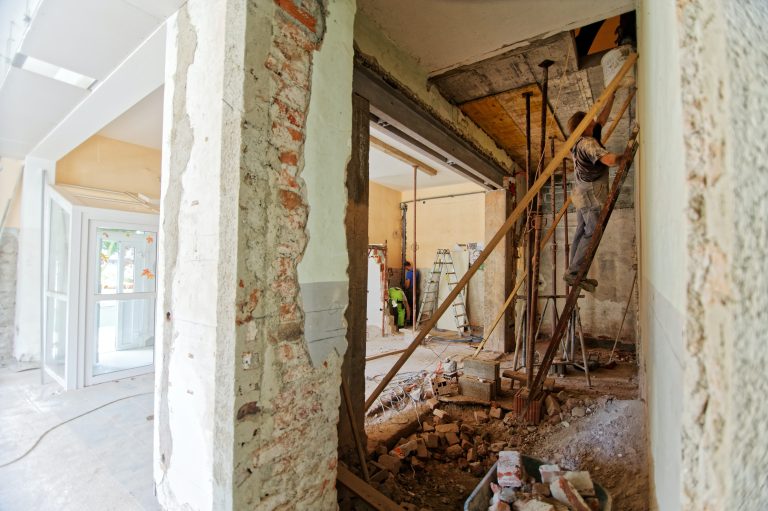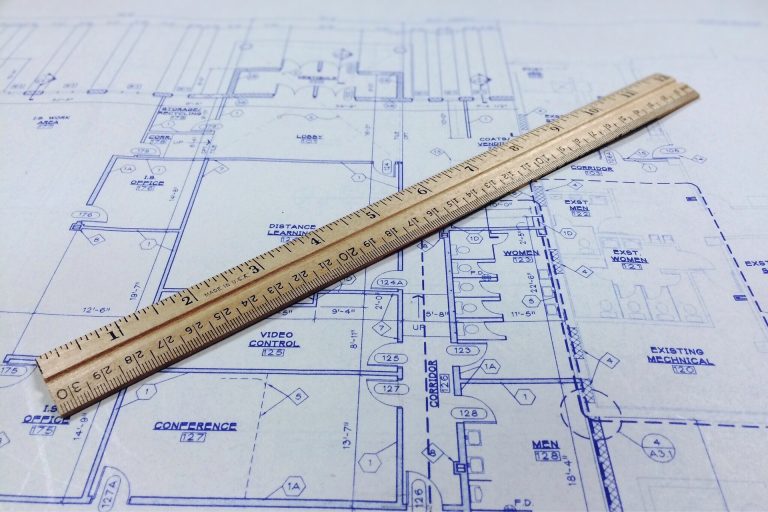september 2022, issue 3
ELITE PERMITS
BRIEFING ON CONSTRUCTION & Some other stuff
Written by TATIANA gUSt
When you submit a building permit application you are telling the building department what you would like to build at your house or in your building. The person reviewing your documents are called plans examiners, and they are tasked with ensuring the proposed plans meet the current building code. You would not like to start construction and then have the inspector come over, and tell you to do it again because what you built didn’t meet code, right?
Well, the plans examiner, aka reviewer, checks that your plans and documentation have clear instructions for your builder and inspector to follow. The reviewer also notes if the proposed construction meets minimum standards established by the code to ensure protection of the property and its occupants.
The most common problem a reviewer runs into is the lack of details or description of what is the proposed work. For example, I often get plans that show a layout for remodeling the kitchen, but the reviewer doesn’t know if the kitchen was at the same location, if the sink is being relocated, or if there is a new island, etc. Many times, after rejecting a plan for lack of details, someone comes to me and explains in detail what they were proposing to do. But this is after the fact.


How could I have understood all that they expected without the details they included only after the plan has been rejected? Because the plans go to the reviewer and then to the builder, without them ever talking to each other, the plans must be self-explanatory.
Have you ever tried to put together a piece of furniture, but the instructions are so poor that you give up on putting it together and call someone else to do it? Or even returned the item? Well, that’s exactly what the reviewer is trying to avoid. He or she wants to make sure the instructions are clear and that all connections and details are outlined in the plans, and they indeed meet the minimum code.
So, when you are putting together the paperwork for a permit, make sure that you have a before and after plan, and the drawings will speak for themselves. The reviewer will literally play at finding the differences, and from here the reviewer will have a clear idea of what the plans need to show and what inspections are applicable to your project.
I hope this helps you or someone you know to get a permit much faster next time, and if you ever need someone to check your plans, we have several amazing plan reviewers in our team. Please share the knowledge and follow our blogs here!







